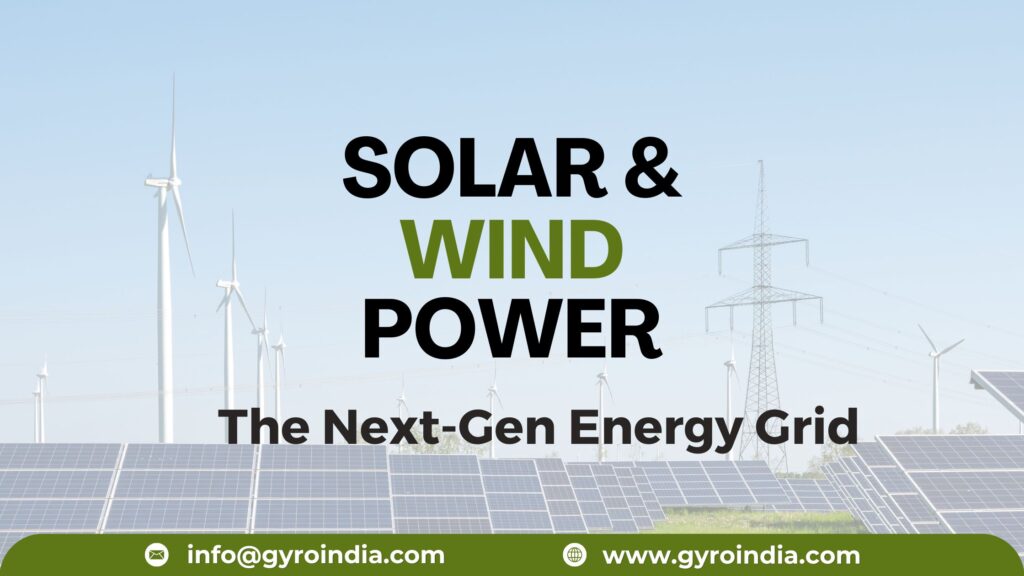Solar & Wind Power: The Next-Gen Energy Grid
 Solar and wind power are at the forefront of the renewable energy revolution, and as we transition into this next-generation energy grid, the role of innovative technologies cannot be overstated. One such advancement is the development and testing of permanent magnet-free motors, which are crucial for enhancing the efficiency and reliability of solar
Solar and wind power are at the forefront of the renewable energy revolution, and as we transition into this next-generation energy grid, the role of innovative technologies cannot be overstated. One such advancement is the development and testing of permanent magnet-free motors, which are crucial for enhancing the efficiency and reliability of solar
and wind systems. These motors eliminate the need for rare earth materials, reducing costs and environmental impact while maintaining high performance levels.
Permanent Magnet-Free Motor Testing Phases
The journey of permanent magnet-free motor technology involves several rigorous testing phases. Initially, prototypes undergo laboratory evaluations to assess their electrical and mechanical performance under various conditions. This stage is critical for identifying potential design flaws and optimizing efficiency metrics. Following lab tests, field trials are conducted in real-world environments, simulating operational stresses that these motors will face in solar and wind applications. Such comprehensive testing ensures that the final product not only meets but exceeds industry standards for durability and performance.
Technological Upgrades Driving Efficiency
As we embrace these innovations, technological upgrades play a pivotal role in optimizing energy generation from solar and wind sources. For instance, integrating IoT solutions enhances monitoring capabilities, allowing for real-time data collection on energy output and system health. This data-driven approach enables industrial engineers and plant managers to make informed decisions regarding performance optimization. Furthermore, advancements in energy storage solutions, such as flywheel systems, provide the necessary flexibility to balance supply and demand effectively.
The cost-benefit analysis of adopting these technologies is overwhelmingly positive. By utilizing permanent magnet-free motors in conjunction with advanced energy storage systems, facilities can significantly reduce operational costs while increasing energy efficiency. For example, the reduction in maintenance requirements associated with these motors transla
tes to lower downtime and improved productivity.
Installation Considerations for Renewable Energy Systems
When considering the installation of solar or wind power systems equipped with these innovative motors, several factors must be taken into account. Site assessments are crucial to determine optimal locations for energy generation based on sunlight exposure and wind patterns. Additionally, integrating these systems into existing infrastructure requires careful planning to ensure compatibility with current technologies.
Moreover, policymakers play a vital role in facilitating this transition by creating incentives for renewable energy adoption. Utility companies must also adapt their grids to accommodate the influx of variable renewable energy sources. This includes investing in flexible resources that can handle fluctuations in power generation due to changing weather conditions.
Performance Optimization Tips
To maximize the benefits of solar and wind power systems featuring permanent magnet-free motors, several performance optimization tips can be implemented:
-
Regular Maintenance: Establish a routine maintenance schedule to ensure all components function optimally.
-
Data Analytics: Utilize data analytics tools to monitor system performance continuously and identify areas for improvement.
-
Training Programs: Implement training programs for staff on new technologies to enhance operational efficiency.
-
Feedback Loops: Create feedback mechanisms that allow engineers to report issues quickly, facilitating prompt resolutions.
By focusing on these strategies, industrial consumers can enhance their investment returns while contributing to a more sustainable future.
In conclusion, as solar and wind power continue to evolve into the next-generation energy grid, innovations such as permanent magnet-free motors stand out as game-changers. With their potential to drive efficiency and reduce costs significantly, these technologies set the stage for a cleaner, more sustainable energy landscape. Embracing these advancements not only benefits individual facilities but also supports broader environmental goals essential for future generations.

Leave a Reply